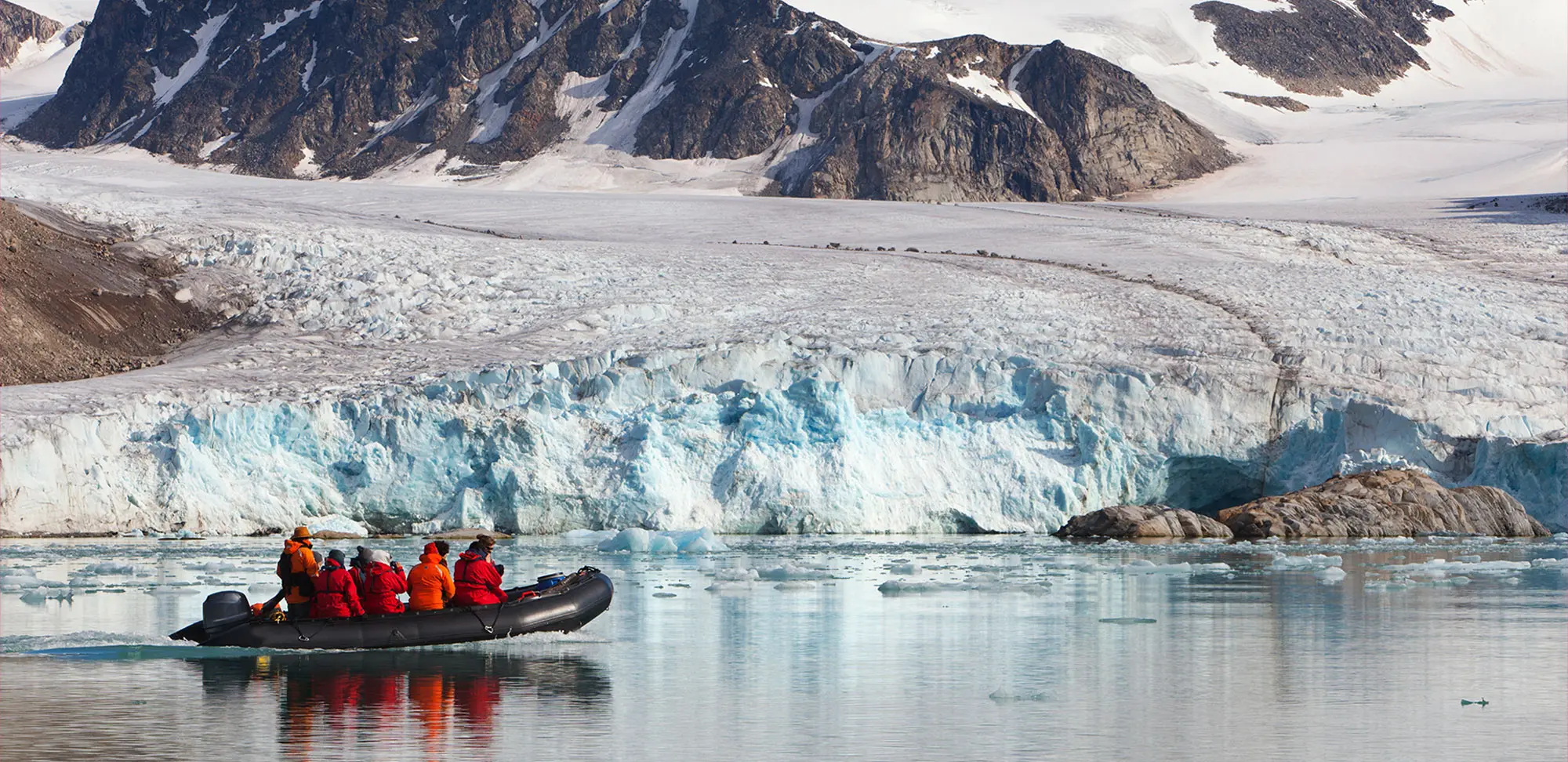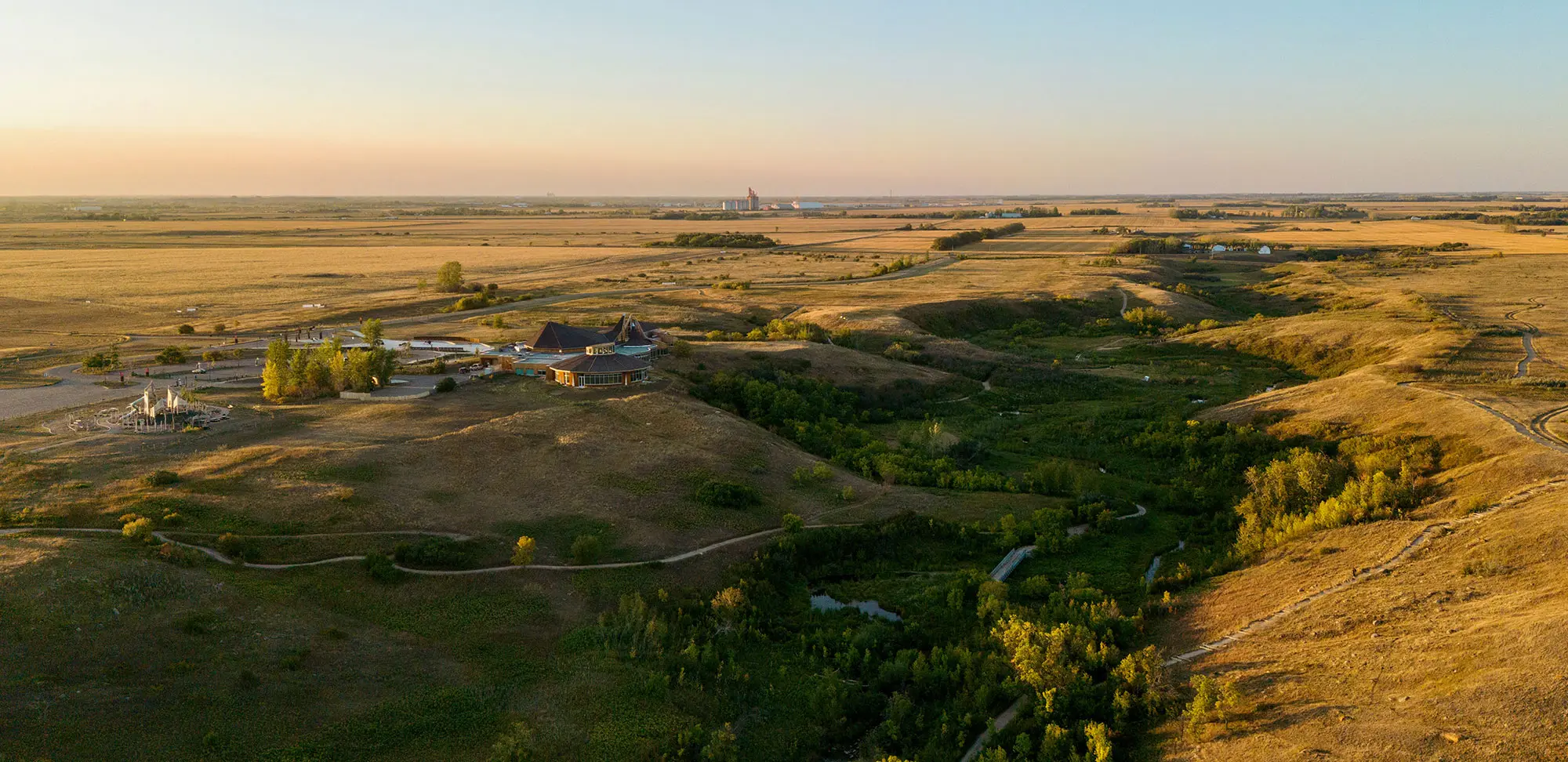Cruise ships these days are trending smaller and becoming more intimate and more varied.
Small-ship adventure cruises are good for active travellers: You spend most of your day kayaking or trekking through rainforest, soaking up Indigenous cultures and watching out for wildlife. Itineraries target conservation areas and local communities but let you loose in the old towns’ cobblestone streets as well.
European river cruises sail you past some of the most incredible scenery with fewer than 200 other guests. You settle into sumptuous digs and float off down the Rhine or Rhône or Danube, indulging in all-inclusive everything, including guided shore excursions, e-bike tours and special concerts and parties. The stops in the little towns along the way are true magic.
Polar expeditions will zip you through ice-filled bays and fjords in a Zodiac boat, and you’ll hike the tundra and isolated shorelines on the lookout for wildlife – the ubiquitous penguins in Antarctica and the elusive polar bear in the Arctic. These voyages are also perfect for nerding out on all the zoology, geology, oceanography and climatology that goes with them.
Tall-ship sailing embraces the spirit of the early sailors on board, ferrying guests to glamorous coastal cities and exotic islands. You explore hilltop fortresses, wander through quaint villages, ogle yacht-filled marinas and climb to the crow’s nest.
Don’t discount the larger cruise ships, though. Many of the new ones are offering opportunities like culinary enrichment and augmented wellness programs while upping their sustainability game at the same time.
How to navigate connecting flights
I’m seriously anxiety-prone, so “I hope I make my connection” just doesn’t wash with me. Here are my best tips on connecting flights:
- Never buy two separate tickets. Book your two flights on the same ticket with the same airline. That way, if bad weather or technical difficulties come your way, the onus is on the airline to get you where you’re going.
- Connecting flights are made more efficient with carry-on bags, particularly if your connection is tight. Be sure that any checked bags are checked all the way through to your final destination.
- Allow for at least 90 minutes to make a connecting domestic flight and at least 2.5 hours for an international flight. The extra time allows for busy airports with equally busy customs halls.
- Never assume you’re going to waltz from your arrival gate to the next departure gate. Dozens of things can get in your way: a terminal change, 45 minutes of walking, a surprise security checkpoint, baggage claim and recheck, just to name a few.
- Book a morning flight, so if there’s a problem, you have the whole day to iron it out. And never book the last flight out of anywhere. Even something as simple as lightning can see you checking into a one-star airport hotel for the night.
- Opt for connecting cities that have the best weather. During the winter, for example, you may prefer to fly through Miami rather than Chicago.








